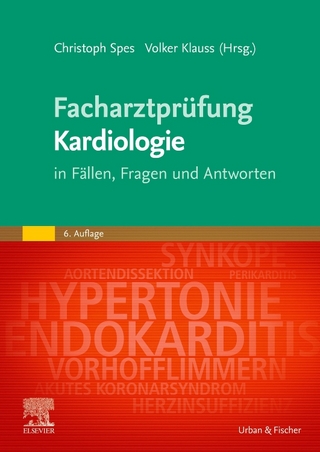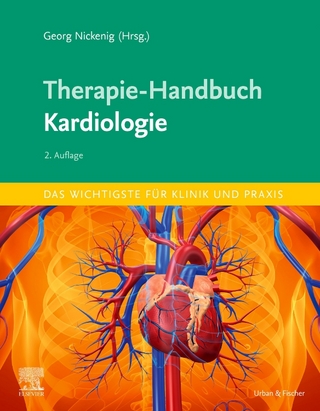
Diastolic Relaxation of the Heart
Kluwer Academic Publishers (Verlag)
978-0-89838-951-7 (ISBN)
- Titel ist leider vergriffen;
keine Neuauflage - Artikel merken
The agents provide no clinical benefit and may in well-known phenomenon of rigor mortis re- fact exacerbate clinical manifestations of heart minds us that for skeletal muscles as weIl relaxation is the high-energy state and per- failure. These patients, who may be regarded as having diastolic heart failure, represent a major manent contraction is the inevitable downhili therapeutic challenge today. It has also become state for muscle that can no longer produce increasingly apparent that a variety of patho- adenosine triphosphate.
I: Cell Biology of Diastole.- 1. Cellular Mechanisms of Relaxation: Lessons From Frogs, Birds, and Mammals.- 2. Sarcoplasmic Reticular Control of Cardiac Contraction and Relaxation.- 3. Calcium and Cardiac Relaxation.- 4. Variable Calcium Sensitivity of the Mammalian Cardiac Contractile System.- 5. Is Ischemic Contracture Preceded by a Rise in Free Calcium?.- 6. The Effect of Regional Myocardial Heterogeneity on the Economy of Isometric Relaxation.- 7. Functional Sequelae of Diastolic Sarcoplasmic Reticulum Ca2+ Release in the Myocardium.- II: Physiologic Modifiers of Relaxation in Experimental Models.- 8. Hypoxia and Relaxation.- 9. Ischemic/Hypoxic and Reperfusion/Reoxygenation Contractures: Mechanisms.- 10. Load Dependence of Relaxation.- 11. The Effects of Cardiac Hypertrophy on Intracellular Ca2+ Handling.- III: Evaluation of Relaxation and Compliance in the Intact Heart.- 12. Diastolic Myocardial Mechanics and the Regulation of Cardiac Performance.- 13. Evaluation of Time Course of Left Ventricular Isovolumic Relaxation in Man.- 14. Loading Conditions and Left Ventricular Relaxation.- 15. Influence of Pressure and Volume Overload on Diastolic Compliance.- 16. Influence of the Pericardium on Diastolic Compliance.- 17. Implications of Pericardial Pressure for the Evaluation of Diastolic Dysfunction.- 18. Comparative Effects of Ischemia and Hypoxia on Ventricular Relaxation in Isolated Perfused Hearts.- 19. Effects of Hypoxia on Relaxation of the Hypertrophied Ventricle.- 20. Relaxation and Diastolic Distensibility of the Regionally Ischemic Left Ventricle.- IV: Clinical Disorders of Diastolic Relaxation and Compliance.- 21. Altered Diastolic Distensibility During Angina Pectoris.- 22. Diastolic Function During Exercise-Induced Ischemia in Man.- 23. Left Ventricular Filling in Ischemic and Hypertrophic Heart Disease.- 24. Regional Diastolic Dysfunction in Coronary Artery Disease: Clinical and Therapeutic Implications.- 25. Ejection, Filling, and Diastasis During Transluminal Occlusion in Man: Consideration on Global and Regional Left Ventricular Function.- 26. Diastolic Ventricular Function in Primary and Secondary Hypertrophy: The Influence of Verapamil.- 27. Failure of Inactivation of Hypertrophied Myocardium: A Cause of Impaired Left Ventricular Filling in Hypertrophic Cardiomyopathy and Aortic Stenosis.
| Erscheint lt. Verlag | 31.12.1987 |
|---|---|
| Sprache | englisch |
| Gewicht | 850 g |
| Themenwelt | Medizinische Fachgebiete ► Innere Medizin ► Kardiologie / Angiologie |
| ISBN-10 | 0-89838-951-8 / 0898389518 |
| ISBN-13 | 978-0-89838-951-7 / 9780898389517 |
| Zustand | Neuware |
| Haben Sie eine Frage zum Produkt? |
aus dem Bereich


